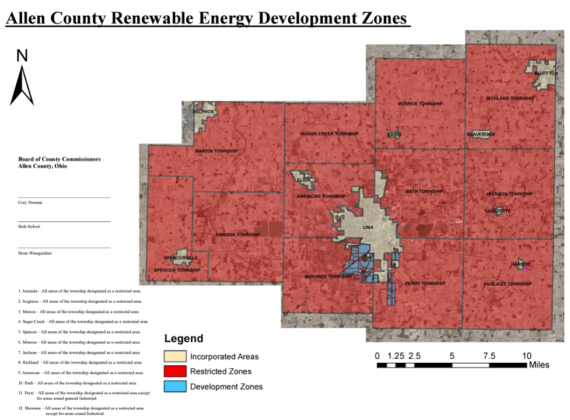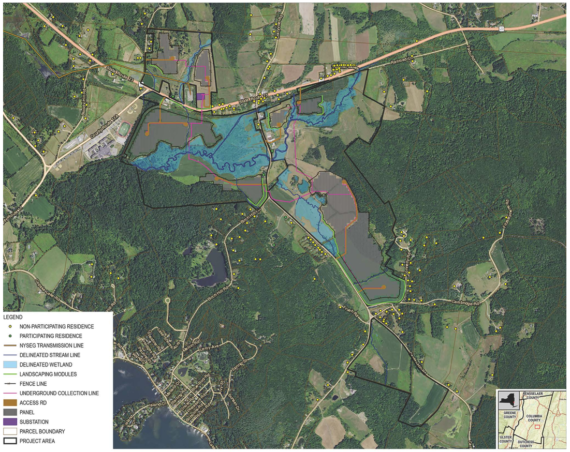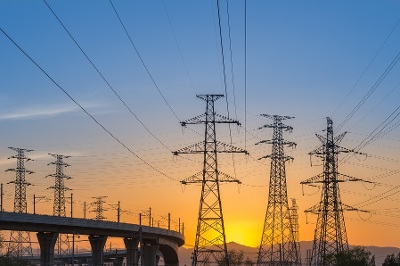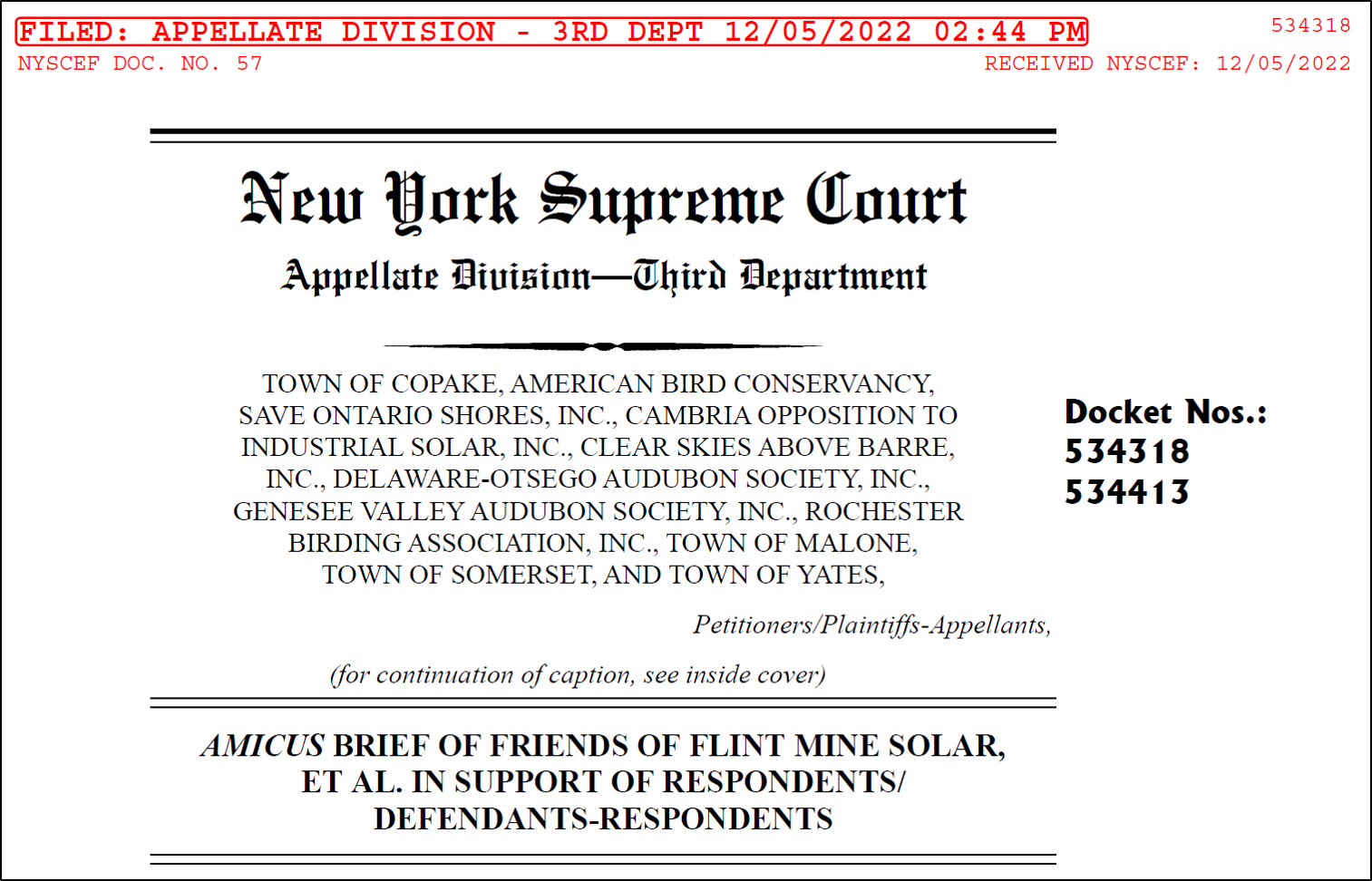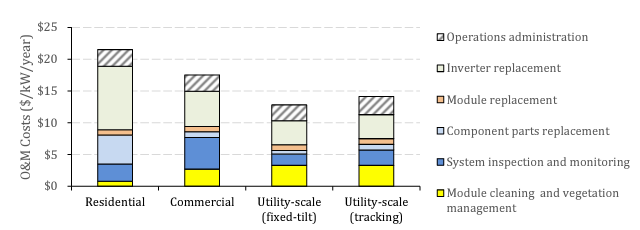Today, the Sabin Center has published a best practices guide for negotiating and drafting Community Benefits Agreements (CBAs), as well as a database of 50 example CBAs from climate-related projects and other types of infrastructure. For background, CBAs are legally binding contracts between developers and host municipalities or community groups […]
Matthew Eisenson
Renewable energy projects have encountered significant opposition in at least 45 states. In addition, at least 228 local laws, ordinances and policies have been enacted in 35 states to restrict renewable energy projects, according to a report, Opposition to Renewable Energy Facilities in the United States, issued on May 31 […]
Last Thursday, May 18, a state appellate court affirmed the trial court’s dismissal of Town of Copake v. New York State Office of Renewable Energy Siting, a lawsuit challenging the state’s March 2021 regulations for siting and permitting major renewable energy facilities. While the appellate court’s decision to uphold the […]
A major bottleneck in the deployment of renewable energy systems is the lack of adequate transmission capacity. According to recent studies cited by the U.S. Department of Energy, the United States will “need to expand transmission systems by 60% by 2030 and may need to triple those systems by 2050” […]
On January 27, 2023, the Sabin Center submitted comments on the draft Fifth National Climate Assessment (NCA5). Those comments, which are available here, highlighted key gaps in NCA5 and suggested additions and changes to address those gaps. This blog post describes the purpose and scope of the National Climate Assessment […]
In March 2021, the Biden Administration announced a target of deploying 30,000 megawatts (MW) of offshore wind capacity by 2030, enough energy to power approximately 10 million homes. As of May 31, 2022, only 42 MW of offshore wind capacity was in operation, less than 1% of the Administration’s 30,000-MW […]
On December 2, 2022, the Renewable Energy Legal Defense Initiative (RELDI), in collaboration with the law firm Sidley Austin LLP, filed an amicus brief on behalf of five New York farmers and three community groups urging a New York appellate court to uphold the State’s new regulations for siting renewable […]
On September 21, 2022, the New York Times published an essay by Gabriel Popkin titled “Are There Better Places to Put Large Solar Farms Than These Forests?” Popkin describes a recently approved 4,500-acre solar project in Virginia that will remove approximately 3,500 acres of forest and asks whether such projects […]


